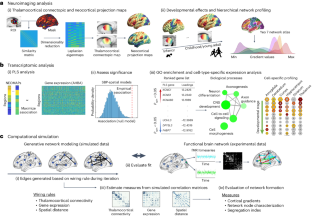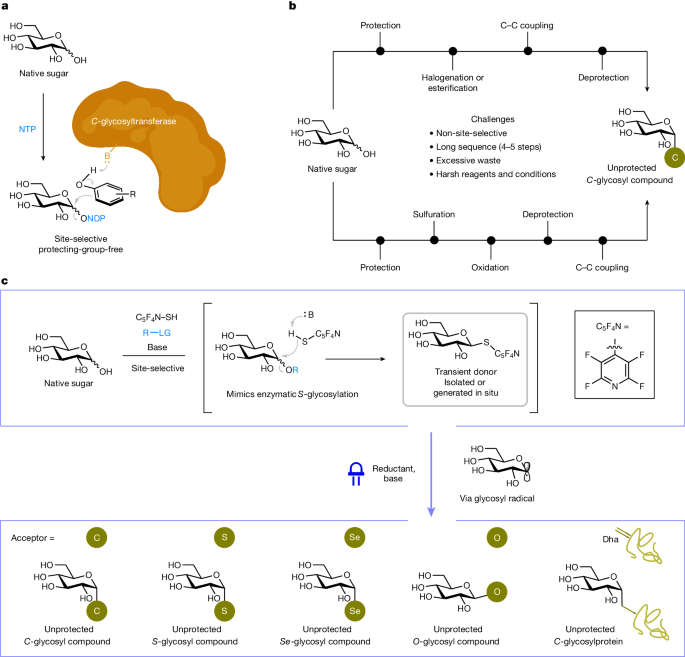2024-06-19 韓国基礎科学研究院(IBS)
<関連情報>
- https://www.ibs.re.kr/cop/bbs/BBSMSTR_000000000738/selectBoardArticle.do?nttId=24839&pageIndex=1&searchCnd=&searchWrd=
- https://www.nature.com/articles/s41593-024-01679-3
大脳皮質機能組織の出現における視床皮質結合の役割の変化 A shifting role of thalamocortical connectivity in the emergence of cortical functional organization
Shinwon Park,Koen V. Haak,Stuart Oldham,Hanbyul Cho,Kyoungseob Byeon,Bo-yong Park,Phoebe Thomson,Haitao Chen,Wei Gao,Ting Xu,Sofie Valk,Michael P. Milham,Boris Bernhardt,Adriana Di Martino & Seok-Jun Hong
Nature Neuroscience Published:10 June 2024
DOI:https://doi.org/10.1038/s41593-024-01679-3

Abstract
The cortical patterning principle has been a long-standing question in neuroscience, yet how this translates to macroscale functional specialization in the human brain remains largely unknown. Here we examine age-dependent differences in resting-state thalamocortical connectivity to investigate its role in the emergence of large-scale functional networks during early life, using a primarily cross-sectional but also longitudinal approach. We show that thalamocortical connectivity during infancy reflects an early differentiation of sensorimotor networks and genetically influenced axonal projection. This pattern changes in childhood, when connectivity is established with the salience network, while decoupling externally and internally oriented functional systems. A developmental simulation using generative network models corroborated these findings, demonstrating that thalamic connectivity contributes to developing key features of the mature brain, such as functional segregation and the sensory-association axis, especially across 12–18 years of age. Our study suggests that the thalamus plays an important role in functional specialization during development, with potential implications for studying conditions with compromised internal and external processing.


